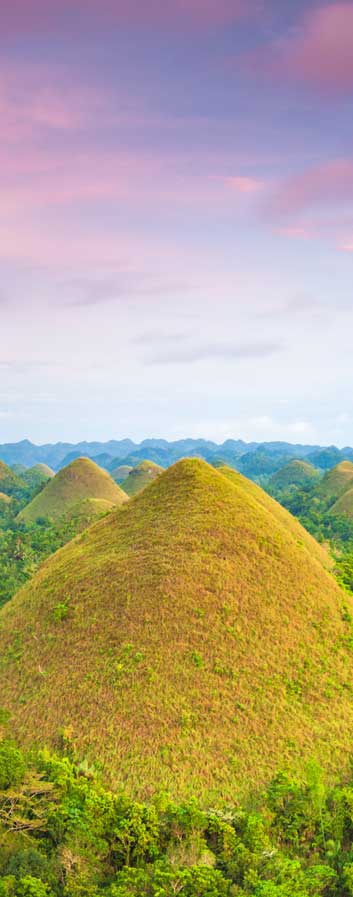Ginkakuji
Ginkakuji (Silver Pavilion) is a Zen temple along Kyoto's eastern mountains (Higashiyama). In 1482, shogun Ashikaga Yoshimasa built his retirement villa on the grounds of today's temple, modeling it after Kinkakuji (Golden Pavilion), his grandfather's retirement villa at the base of Kyoto's northern mountains (Kitayama). The villa was converted into a Zen temple after Yoshimasa's death in 1490.
As the retirement villa of an art obsessed shogun, Ginkakuji became a center of contemporary culture, known as the Higashiyama Culture in contrast to the Kitayama Culture of his grandfather's times. Unlike the Kitayama Culture, which remained limited to the aristocratic circles of Kyoto, the Higashiyama Culture had a broad impact on the entire country. The arts developed and refined during the time include the tea ceremony, flower arrangement, noh theater, poetry, garden design and architecture.
Today, Ginkakuji consists of the Silver Pavilion, half a dozen other temple buildings, a beautiful moss garden and a unique dry sand garden. It is enjoyed by walking along a circular route around its grounds, from which the gardens and buildings can be viewed.
A first sight of the Silver Pavilion can be enjoyed shorty after entering the grounds. Formally named Kannonden (Kannon Hall), the pavilion's two stories are constructed in two different architecture styles and contain a statue of Kannon, the Buddhist goddess of mercy. However, the interior of the building is not open to the public.
Despite its name, the Silver Pavilion was never covered in silver. Instead, it is believed that the name arose as a nickname more than a century after the building's construction to contrast it with the Golden Pavilion. Alternatively, it is explained that moon light reflecting on the building's dark exterior (which used to be covered in black lacquer in the past) gave it a silvery appearance.
The pavilion is one of only two buildings on the grounds of Ginkakuji which have survived intact the many fires and earthquakes of the past centuries, although it has been undergoing periodical renovation works to keep it well preserved. Most recently the building's roof was redone and its earthquake resistance was improved. The works were completed in spring 2010.
Next along the route is an expansive, meticulously maintained dry sand garden, known as the "Sea of Silver Sand", with a massive sand cone named "Moon Viewing Platform". Besides the garden stands the Hondo (main hall), which displays paintings on its sliding doors (fusuma) but cannot be entered.
Right next to the Hondo stands the Togudo, Ginkakuji's only other temple building besides the Silver Pavilion which dates back to the temple's foundation. The Togudo is celebrated for containing a study room of 4.5 tatami mats, which is considered to be the oldest extant example of Shoin architecture, the architecture style in which most contemporary tatami rooms are still designed today. The building and its study room are not usually open to the public.
After passing by the Togudo, the walking path then takes visitors through Ginkakuji's moss garden, which features ponds with islands and bridges, little streams and various plants. The path climbs a hill behind the buildings from where there are nice views of the entire temple grounds and the city beyond. At last, visitors can enjoy once more some closer views of the Silver Pavilion before exiting the grounds.


































